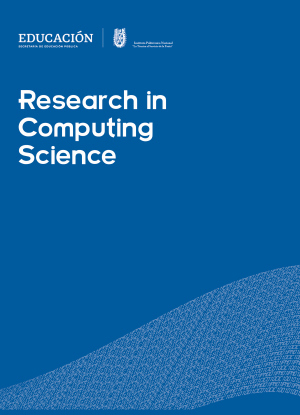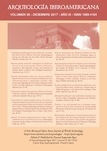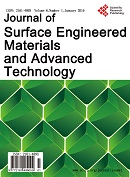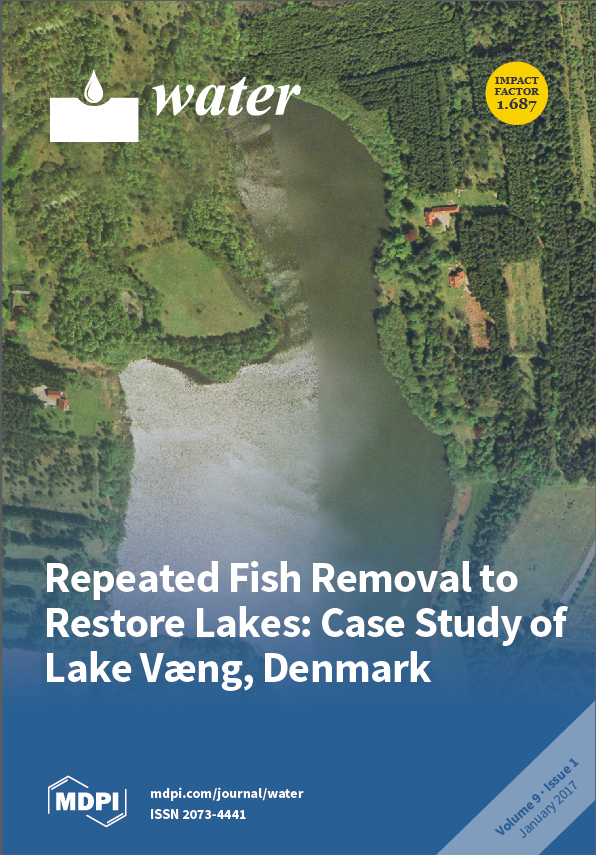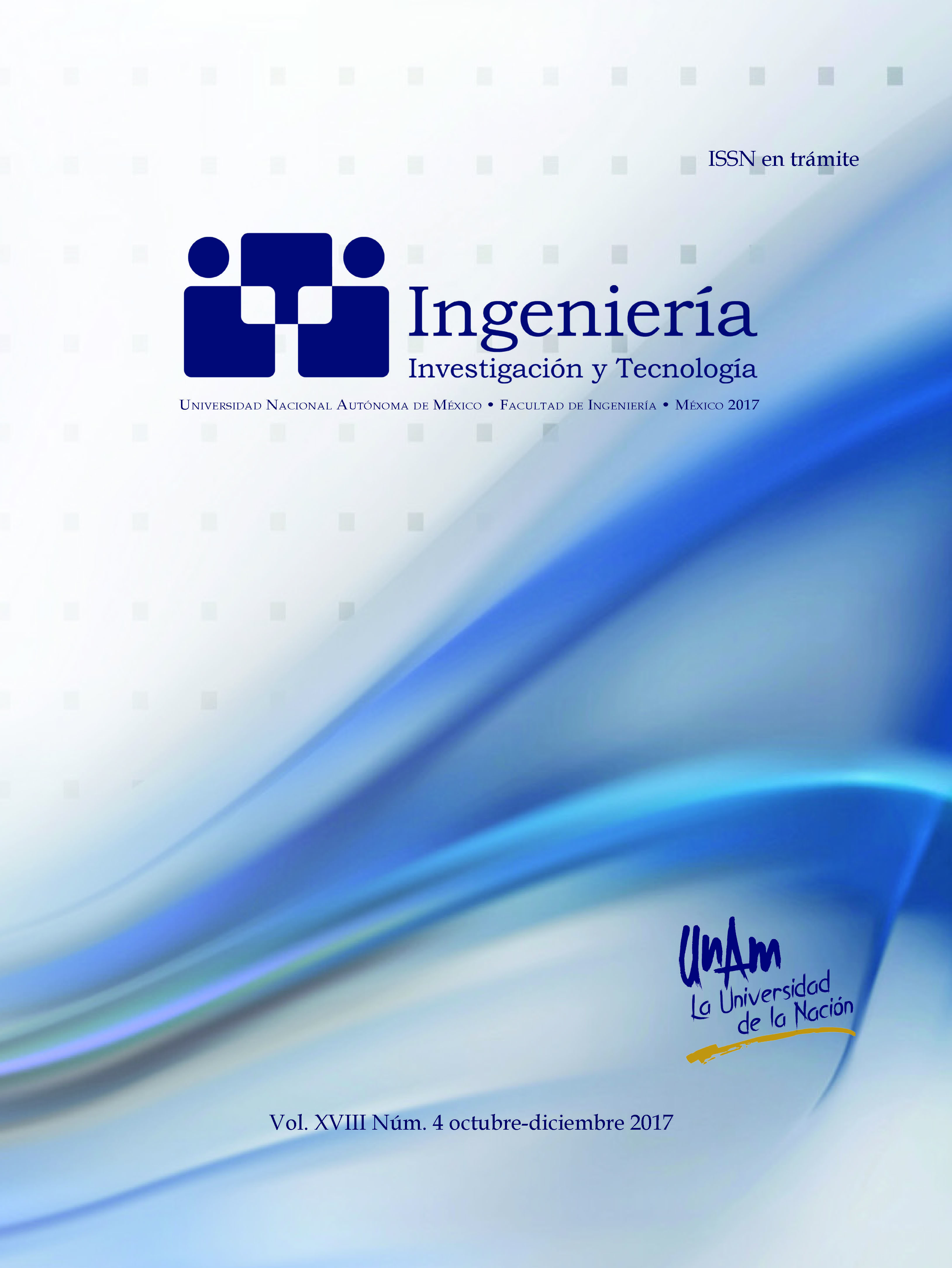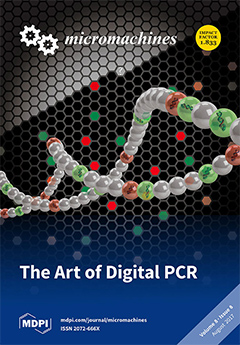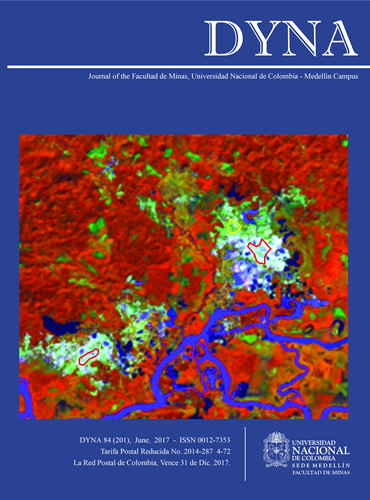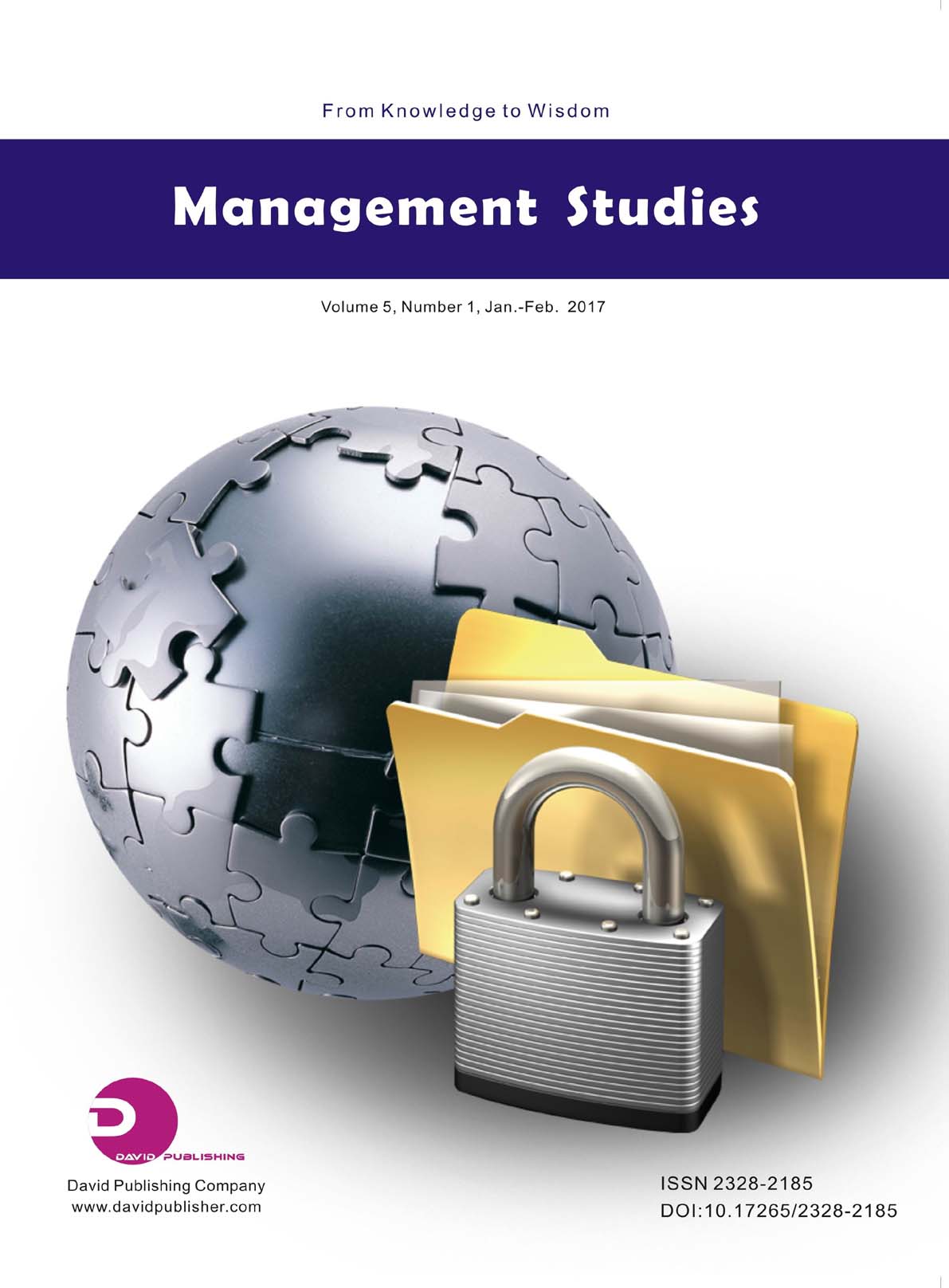
Automated detection of atrial fibrillation ECG signals using two stage VMD and atrial fibrillation diagnosis index
Journal of Mechanics in Medicine and Biology
https://doi.org/10.1142/S0219519417400449
Rajesh Kumar Tripathy 1 , Mario Roberto Arrieta Paternina2 , Juan Gregorio Arrieta Paternina3 , Priyabrata Pattanaik 1
1 Siksha 'O' Anusandhan Deemed to be University, Faculty of Engineering and Technology
2 Universidad Nacional Autónoma de México, Facultad de Ingeniería
3 Sanatorio Güemes,
Keywords: Atrial fibrillation, electrocardiogram, two-stage variational mode decomposition, deep belief network, performance measures and atrial fibrillation diagnosis index
Abstract: Atrial fibrillation (AF) is a common atrial arrhythmia occurring in clinical practice and can be diagnosed using electrocardiogram (ECG) signal. The conventional diagnostic features of ECG signal are not enough to quantify the pathological variations during AF. Therefore, an automated detection of AF pathology using the new diagnostic features of ECG signal is required. This paper proposes a novel method for the detection of AF using ECG signals. In this work, we are using a novel nonlinear method namely, the two-stage variational mode decomposition (VMD) to analyze ECG and deep belief network (DBN) for automated AF detection. First, the ECG signals of both normal sinus rhythm (NSR) and AF classes are decomposed into different modes using VMD. The first mode of VMD is decomposed in the second stage as this mode captures the atrial activity (AA) information during AF. The remaining modes of ECG captures the ventricular activity information. The sample entropy (SE) and the VMD estimated center frequency features are extracted from the sub-modes of AA mode and ventricular activity modes. These extracted features coupled with DBN classifier is able to classify normal and AF ECG signals with an accuracy, sensitivity and specificity values of 98.27%, 97.77% and 98.67%, respectively. We have developed an atrial fibrillation diagnosis index (AFDI) using selected SE and center frequency features to detect AF with a single number. The system is ready to be tested on huge database and can be used in main hospitals to detect AF ECG classes.
Journal of Mechanics in Medicine and Biology
https://doi.org/10.1142/S0219519417400449
Rajesh Kumar Tripathy 1 , Mario Roberto Arrieta Paternina2 , Juan Gregorio Arrieta Paternina3 , Priyabrata Pattanaik 1
1 Siksha 'O' Anusandhan Deemed to be University, Faculty of Engineering and Technology
2 Universidad Nacional Autónoma de México, Facultad de Ingeniería
3 Sanatorio Güemes,
Keywords: Atrial fibrillation, electrocardiogram, two-stage variational mode decomposition, deep belief network, performance measures and atrial fibrillation diagnosis index
Abstract: Atrial fibrillation (AF) is a common atrial arrhythmia occurring in clinical practice and can be diagnosed using electrocardiogram (ECG) signal. The conventional diagnostic features of ECG signal are not enough to quantify the pathological variations during AF. Therefore, an automated detection of AF pathology using the new diagnostic features of ECG signal is required. This paper proposes a novel method for the detection of AF using ECG signals. In this work, we are using a novel nonlinear method namely, the two-stage variational mode decomposition (VMD) to analyze ECG and deep belief network (DBN) for automated AF detection. First, the ECG signals of both normal sinus rhythm (NSR) and AF classes are decomposed into different modes using VMD. The first mode of VMD is decomposed in the second stage as this mode captures the atrial activity (AA) information during AF. The remaining modes of ECG captures the ventricular activity information. The sample entropy (SE) and the VMD estimated center frequency features are extracted from the sub-modes of AA mode and ventricular activity modes. These extracted features coupled with DBN classifier is able to classify normal and AF ECG signals with an accuracy, sensitivity and specificity values of 98.27%, 97.77% and 98.67%, respectively. We have developed an atrial fibrillation diagnosis index (AFDI) using selected SE and center frequency features to detect AF with a single number. The system is ready to be tested on huge database and can be used in main hospitals to detect AF ECG classes.







